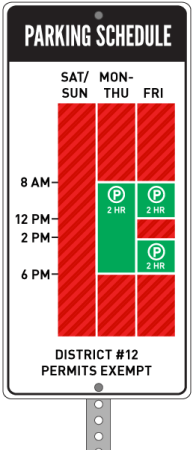Being able to visually represent business requirements (like business processes, data structures or user interfaces) is one of the most important techniques a Business Analyst must learn to master. It is critical to establish solid foundations on which you can work to elicit business and system requirements (among other things). After all, don’t we say that an image’s worth a thousand words?
However, information modeling is not restricted to Business Analysts. Actually, anyone can represent visual requirements or other information. Your mother could probably model her weekly grocery process, and even young kids use pictograms to explain and understand simple things (just visit a kindergarden classroom to see it in action).
Visual requirements are everywhere in your life, making your daily activities and hobbies easier and more enjoyable. Here are 3 unusual examples of this.
Building blocks and model building kits
As a kid, I enjoyed building different structures with my building blocks (houses, planes, monsters, etc), and I later switched to model building kits. Even though I wasn’t always able to read the instructions, I managed to get to the expected result most of the time. Why?
Because I relied on the illustrated explanations. Without those carefully designed, step-by-step visual requirements, it would have been nearly impossible to do the same thing.
As a grown-up, you can still enjoy such visual requirements after a good shopping session at your nearest Ikea store. Or use your old building blocks to teach Business Analysis.
Parking signs in urban areas

Ever got a parking ticket because you didn’t understand the restrictions posted on the street posts? If one, this is a good place where visual requirements would make every driver’s life easier, instead of relying on confusing double negation signs.
A New York designer started such an initiative on her own earlier this year. Using a simple, two-dimensions representation of parking restrictions, she proposed a clear and easily understandable sign that could be adapted anywhere around the world.
Since it would make parking more efficient and less ticket-prone, I doubt it will be implemented though 🙂
Laundry instructions
Washing clothes can be a challenging experience; you have to split hard & soft colors, some textiles have to be washed separately, others can go in the automatic dryer (but not at a too hot temperature). It could quickly become a mess, but thanks to the laundry symbols you can find on your clothes labels, it has never been so easy! Those visual requirements are fairly simple to understand and give you just enough information to go through the whole laundry process.
You should not have any reason left not to do the laundry now (you can finish reading this post first).
Become a better BA with visual requirements
This is far from an exhausting list, but it shows how visual requirements are everywhere in our lives. There’s no reason it should not be a major tool in your Business Analysis toolbox; in fact, it must be one.
However, creating useful visual requirements is not given to everyone. In my opinion, here are 4 ways to become better at it.
- Practice | Like any BA technique, you need to practice a lot to get your visual requirements useful. Knowing about this or that formalism will be of little help if you don’t know how to apply it.
- Focus on your audience | Visual requirements are interesting because you can represent a single requirement in different ways, for different stakeholders. Don’t try to answer every question in the same model; you will confuse everybody.
- Details are important | But too much details will kill your efforts. When reprensenting requirements in a visual way, you need to provide enough details to understand the meaning of your model, but not too much to overcrowd it. Formalisms are useful to achieve this, in providing you a set of meaningful symbols & techniques you can use to represent information (ex: BPMN for business processes, UML for system behaviors, etc.).
- One model to rule them all | It doesn’t have to be this way; in fact, it must not be! It’s better to prepare many smaller models to represent requirements, as it makes it easier for your stakeholders to understand them. Showing one big model might be good for you ego, but it will not provide any value.
Do you like what you’re reading?
Did you come across original use of visual requirements recently? Do you have other tips to improve your visual requirements skills? Share your thoughts with us in the comments below!
Credits: lusi @ freeimages.com






[…] de prototypes aux séances d’observation, en passant par l’utilisation d’outils visuels. Au final, la satisfaction de toutes vos parties prenantes devrait s’en trouver améliorée, […]